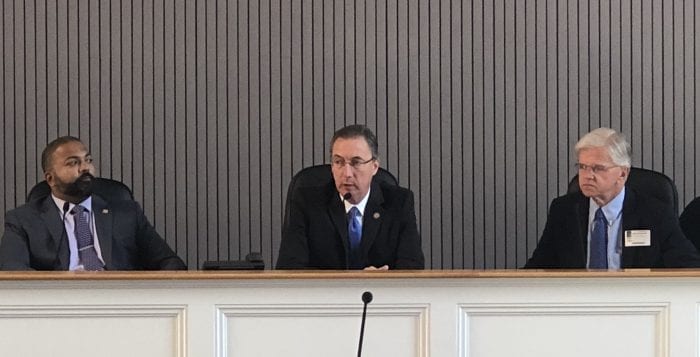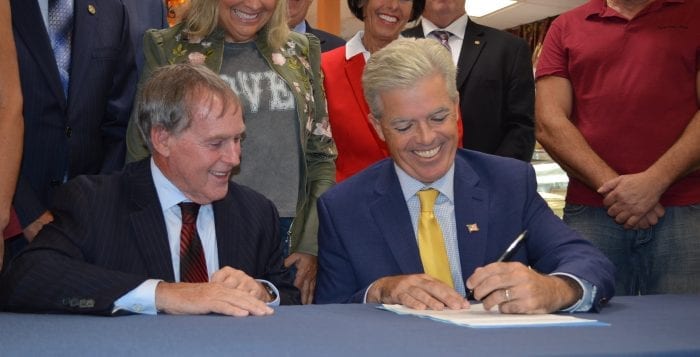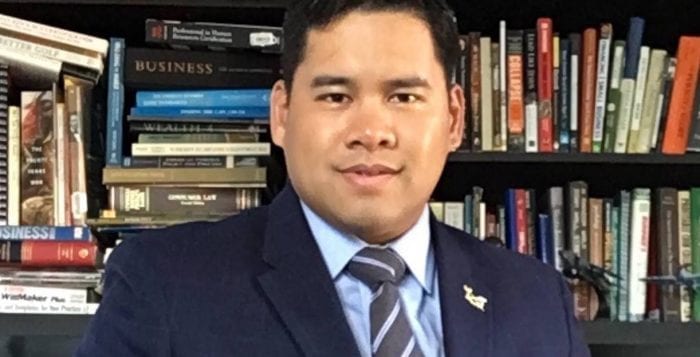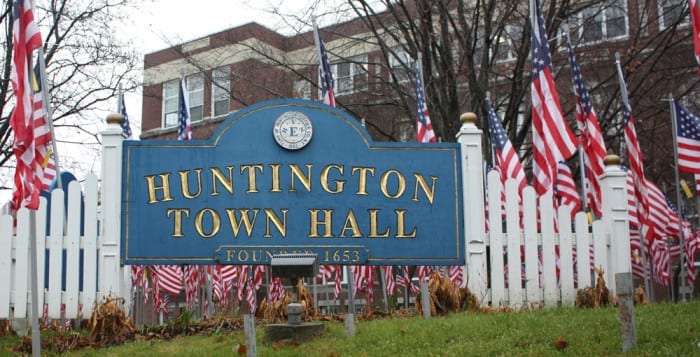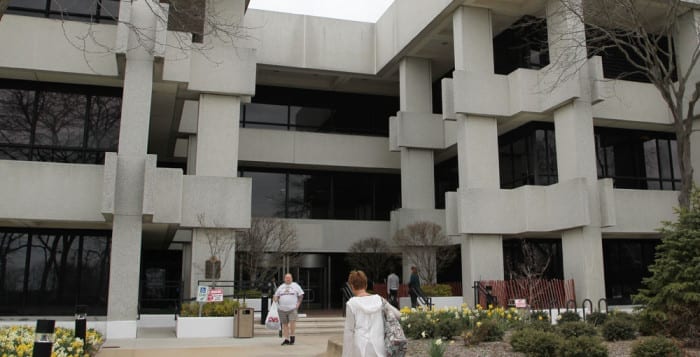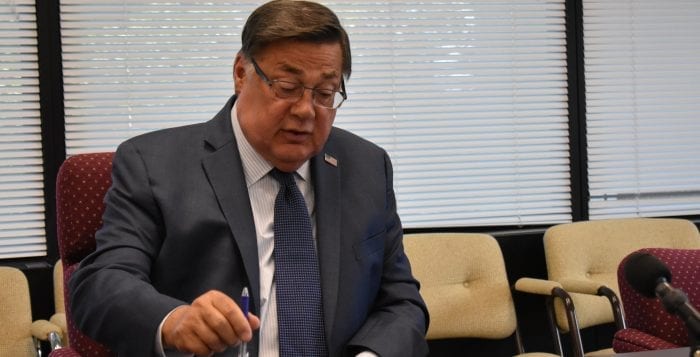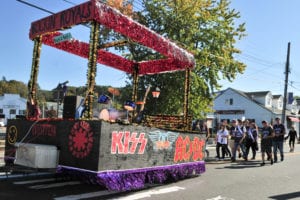New York State Sen. Jim Gaughran (D-Northport) represents Huntington and its surrounding communities with his seat in Albany but also speaks for all New Yorkers as chair of the Local Government Committee, which is responsible for looking at issues that impact the villages, towns and counties.
Over the last month, Gaughran has organized roundtable discussions with many elected officials in his district, on Long Island and in upstate New York. Two common threads continue to surface: environmental concerns, such as water quality and sewage treatment, and high taxes.
Many elected officials, Gaughran said in a telephone interview, were frustrated and feel restricted by the permanent 2 percent tax cap. Gaughran said his feeling is that all elected officials represent taxpayers. If you can imagine how much higher taxes would be without the cap, which was previously temporary, the costs would be even higher.
The following Q&A summarizes some of the ongoing discussions taking place that aim at reducing people’s tax burden:
Why are Long Island taxes so costly?
I’ve been a state senator for nine months and pay property tax, and as a citizen I’ve seen taxes go up and up and up. One of the reasons I ran for office was to address this concern. Before the 2 percent tax cap became permanent this year, municipalities could raise taxes to whatever level they saw fit. Also, the federal government’s elimination of the state and local tax deductions is essentially a tax increase for Long Islanders.
Long Islanders regularly complain about high taxes. Can that reality change? What are some of the best ideas that can be implemented to address concerns?
We are looking at ways to allow villages to build clean energy. There are certain provisions in certain laws that need to be tweaked to remove impediments. Towns and villages already have the authority to initiate projects.
What ideas hold the strongest potential for reducing costs?
Consolidation of services holds the greatest potential. We’d like to make changes to create more opportunities to share or consolidate services such as road repair and police and water districts. It’s not my job to tell local governments what to do. There’s reluctance, so we need to maintain independence. We want to give people the tools they need and provide incentives and take away impediments so governments can share services such as road repair and snow plowing. Villages can combine services with other villages, towns can consolidate services with villages. A simple example: When it snows the Town of Huntington sends out its plows, the Department of Transportation has its plows and villages have plows. You have three different plows in the same area. It’s silly to have plows take care of some roads and not others.
The many different election districts for fire, schools, libraries, villages, towns, county, etc. make it hard to monitor expenditures. Are there any discussions about changing that?
My jurisdiction as chair of the Local Government Committee pertains to village, town and county governments. There’s an education committee that addresses school issues. But, for the 2020 primary elections, state and local primaries will be combined and held in September, which will save tens of millions of dollars over time. The problem is that budgets are on different cycles and it’s been a tradition, but its worthy of investigation.
Our newspaper has noticed that a $2 million home in Southampton pays $6,000 a year in taxes, while a house in Fort Salonga valued at half the value pays more than twice the amount in taxes. Is there any way to address the inequities?
In Suffolk County, tax assessments are done by town. It’s always been done on the local level. I would be against the state imposing local control. One of my big fights is to increase state aid for schools. The most important investment to make is education. Perhaps the money can come from economic development funds.
High property taxes often are attributed to school spending. Education is important, but is there a way to consolidate services?
School districts dictate their own fate. There’s nothing stopping two districts from combining. It’s not a board issue, it’s the voter. Last time it was tried, I think it was on the North Fork, the referendum failed. Long Islanders are reluctant to lose local control. It’s a fact of life. More funding for school and state aid will help.
It’s often stated that increasing costs for retirement benefits in the public service sector (teachers and police) is one of the main reasons for high taxes. Is that true?
The fact is that the vast percentage of costs when you look at a pie chart in any government anywhere is to pay the people that provide the services. We’re fortunate to have many dedicated volunteer fire departments on Long Island. The people offer protection and it’s a tremendous savings. Some communities pay for fireman and it’s a huge cost.
Generally speaking, a lot of people in the public health sector, whether its teachers, police or city health employees, work because it’s something they want to do. Salaries are often lower than the private sector. Their pension benefits are protected. It’s something they’ve invested in. It’s their money. The State Comptroller Tom DiNapoli administers the system. Most years it’s the number one or a top investor in the bond market. Are there abuses at different levels of government? Perhaps, but it’s often caught.
What steps can people personally take to address the situation?
Everyone should participate in local government: village, town, school. People need to pay more attention. Everyone should vote.
Photo from Gaughran’s office

